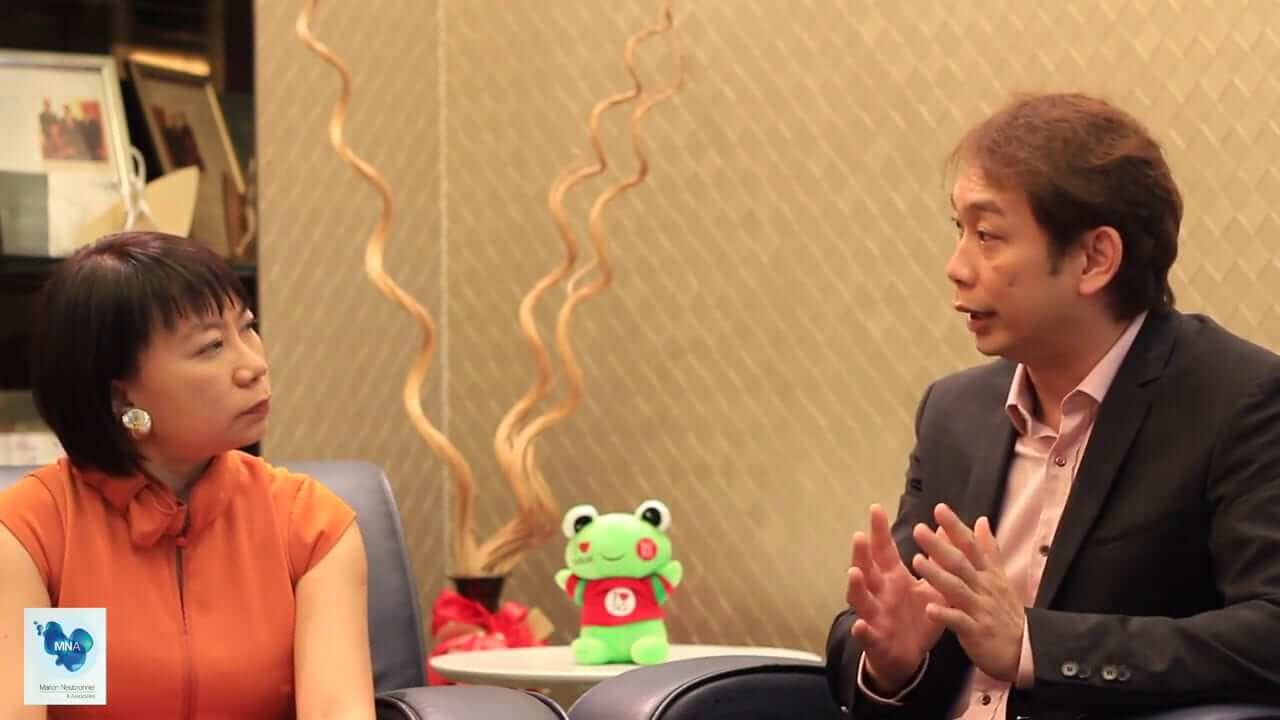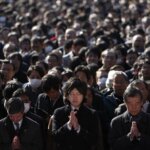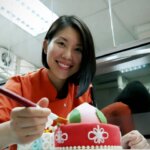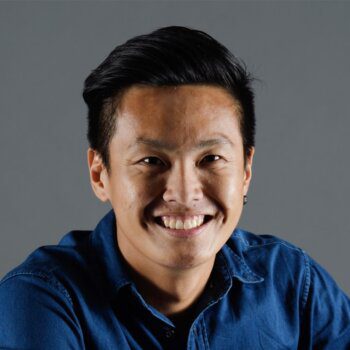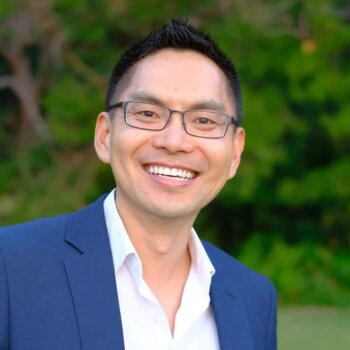(This is one in a series of articles and interviews about conscious business leadership, which is about leaders creating and promoting workplaces of understanding, honesty, and compassion, for the betterment of their employees, their community, their organization and world.)
How do you grow a company from a single sushi restaurant in 1997 to a public company comprising a restaurant enterprise running over 200 outlets across multiple countries and brands, a charitable non-profit organization, and a financial services arm? Good leadership likely plays a role in it.
Here is Part One of the conversation I had in August with Douglas Foo, the founder and Chairman of Sakae Holdings (http://www.sakaeholdings.com/), and the recipient of too-numerous-to-list business and philanthropic accolades and awards, including the Public Service Star Award in Singapore and the Eisenhower Fellowship in the U.S.A. in 2013.
Hi, this is Marion Neubronner, interviewing for Asian Entrepreneur. And today, I am very happy to be able to interview Douglas Foo, Chairman of Sakae Holdings.
I actually have been following your journey for some time, as a person, as a friend. And it’s very impressive the amount of things you’ve been doing in the globalization of your brand. And I think a lot of my leaders are questioning how they, as an Asian or Singaporean leaders, move to the next level. So how did you make that jump, that leap, that one step, that moved you from local great brand to international? Three lessons so far.
Well, I’m learning myself. I think one of the key attributes that a leader, or during the journey, is to be able to continue to adapt and learn. And during this learning journey, I observe, and I start to adapt some of those ideas, and try them out. Because not every policy, or not every theory, could be applicable to every organization.
Every organization, like every person, is unique in itself. So, it’s the kind of culture that you want to set within that journey for the organization. And for Sakae, we’ve actually set a very people-centric, a very friendly organization.
And there’s truly a meaning and purpose of what we are doing. So we communicate them. And what we’ve actually done is that we have built contingency and succession planning.
So that’s why I could take a step back from operational things, to be able to build more of the strategic pieces, like our Sakae Corporate Advisory, Sakae Global Resource, Sakae Real Estate, and the human capital, which is one of the key components that we’ve started out since day one. The rest are added on along the way, while we learn.
Right, so definitely this leadership team and development, this succession planning – So many leaders have spoken to me about how they don’t know where to find the next level of leadership.
It’s in fact interesting. Someone from Silicon Valley told me that in Silicon Valley, they start off with an A Team. So there’s the CFO, the founder, the CEO, and the sales director. And that’s the main team and they start.
But in Asia, it seems to be there’s a founder, or one person, and he gathers people around him. So what’s your take on this?
Well, it started the journey quite easily because it was a team of me, myself, and I. So, with that, then you start to build, and bring other people on board.
So, the onboarding was interesting because we build very close relations, and we see people going through the journey, both with the organization, as well as themselves in their lives.
So at the very initial stage when we decided to setup Sakae, we questioned, “Why do people join us”. People join us because they need a job. But do we just want to give them a job? Beyond that, we want to give them a career. And a career has got to have a path. And you need to do training. And so, though we started with one shop during the Asian Financial Crisis in ’97, we have a small training department.
And that’s the emphasis we have for people development, and for building capability. And that’s the reason, today, why, the strength of the company today, is the people, the talents, the capability that we have eventually bought some of the people to do things that is beyond what they’ve ever dream. And they find truly a meaning and purpose to their life. And they feel that by growing the organization, they see themselves growing, in their own personal space as well.
And you would consider this your crucial success ingredient? This people first, and training.
I think this is one of the very critical component of most organizations. Because organizations are made up of people. And if we are going to build a global brand that is synonymous with sushi, called Sakae Sushi, like drink sakae, eat sushi, Sakae Sushi, the brand, we need to build 30,000 stores. To have 30,000 stores, being managed by a group of people, that’s quite a lot of work. And you need a lot of leaders to be able to do those kind of work.
And where do we find the leaders? And we start to train some of the people. We don’t just find the leaders then tomorrow you just have 30,000 stores. It’s a journey. We need to plan.
But me, myself, and I, who started this, how did you conceptualize your 30,000 store culture? That’s the thing we are asking you because –– how did you do that? Do you remember?
Well, at that time, I’ve never been in the food, or F&B, or hospitality space. But we saw the potential, a gap that food is something that is stable. You could have virtual buying. You can spend virtual money. But you still need real food.
So that’s something that from civilization till now, and till the future, is something that’s basic. And what’s the trend like, going forward? People are looking for healthy dining. And Japanese food, is by itself, a very healthy option. But there’s no global Japanese brand.
So you have the business development idea, but how do you build the human culture to represent that? So, the leadership culture, did you know? Or are they all small DNAs of you?
I think, while you have that vision of trying to build that, to realize that, you know that you need to build a team of people. When you start thinking about building a team of people, then you start to look at the management skills, you need a building capability, and you need to look at leadership as well.
Then you need to look at what kind of culture, what kind of leadership, and how do we continue to sustain the leadership, going forward. Because it’s not just essential to the first generation of leaders, because to build 30, 000 stores, it’s not going to happen in 10 years. It may take longer.
So, you need to have a second generation, and your third generation.
So, you had all these in mind, or did you start and stop, and realize that, again and again?
I think along the way, it’s about learning. Learning from different organizations that have been there, done that. Organizations that have not done so well – why did that not happen? Then you take wisdom from those, and you somehow create something that you believe is going to be useful for our own organization.
Please click here to view the video.
